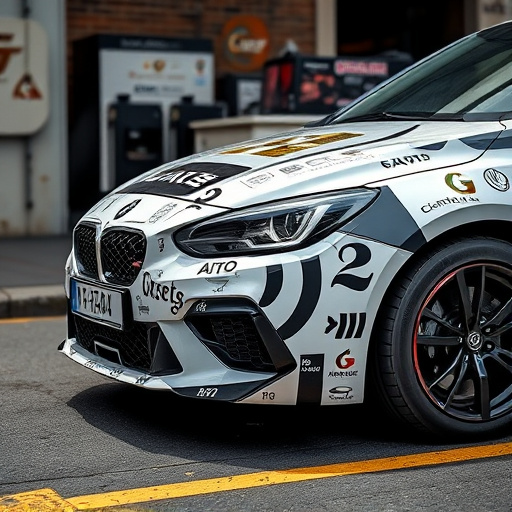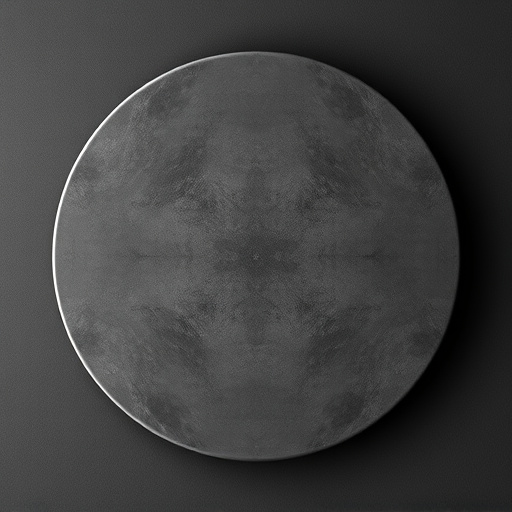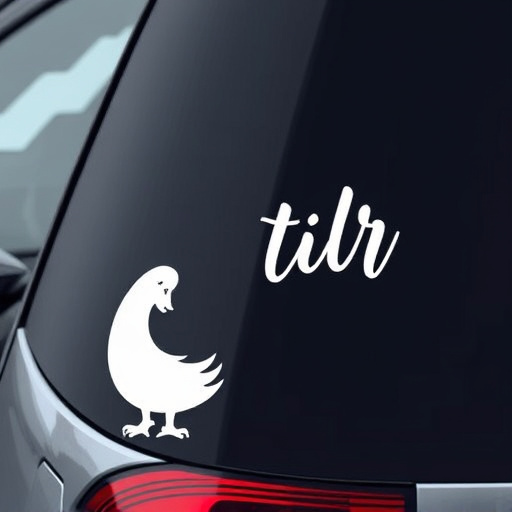Mastering Clear Coat Restoration: Buffing and Polishing Techniques
Before initiating a clear coat restoration, conduct a meticulous damage assessment to guide restorat…….
Welcome to an in-depth exploration of the transformative process known as clear coat restoration. This article aims to guide you through the intricacies of this specialized technique, its global impact, and the various factors shaping its future. Clear coat restoration is more than just a surface treatment; it’s a powerful tool for revitalizing and protecting materials, from automotive finishes to architectural structures. By understanding its fundamentals, applications, and evolving landscape, we can appreciate its significance in enhancing our built and natural environments.
Definition: Clear coat restoration involves the meticulous process of repairing and rejuvenating damaged clear coatings, such as polyurethane, acrylic, or epoxy finishes. These coatings, often applied to protect various surfaces, can degrade over time due to environmental factors, leading to discoloration, loss of shine, and increased vulnerability to further damage. The goal is to restore these protective layers to their original condition, ensuring longevity and aesthetic appeal.
Core Components:
Historical Context: The concept of clear coat restoration has evolved alongside advancements in coating technology. Early forms of protective coatings were applied to boats and aircraft, where durability and resistance to harsh environments were paramount. As these technologies improved, clear coats found their way into various industries, including automotive, construction, and furniture manufacturing. Over time, the focus shifted from solely functional protection to achieving and maintaining a high-gloss finish that enhances aesthetics without compromising durability.
Significance: Clear coat restoration plays a critical role in several sectors:
International Influence: Clear coat restoration has transcended geographical boundaries, becoming a global phenomenon. The demand for this service is driven by several factors:
Key Trends Shaping the Industry:
| Trend | Description |
|---|---|
| Eco-Friendly Coatings | A rise in demand for water-based and low-VOC (Volatile Organic Compound) coatings that are more environmentally friendly and have faster drying times. |
| Advanced Technology Integration | The use of advanced tools like 3D scanning and printing to precisely measure and apply clear coats, ensuring consistent quality. |
| Robotic Applications | Robotic systems are being employed for coating application, offering improved accuracy, reduced human error, and increased productivity. |
| Customer Customization | Consumers now expect customized clear coat finishes, with options ranging from high-gloss to matte, catering to individual preferences. |
| Smarter Coatings | The development of ‘smart’ coatings that can self-repair minor damages or change color in response to environmental conditions. |
Market Size and Growth: The global clear coat restoration market was valued at USD 12.5 billion in 2021, projected to grow at a CAGR of 7.2% from 2022 to 2030 (Grand View Research). This growth is attributed to the increasing demand for aesthetic and protective coatings across various industries.
Investment Patterns:
Economic Impact:
Recent Innovations:
Impact on Restoration Processes:
Future Potential: The future holds immense potential for technological breakthroughs in clear coat restoration:
Key Policies and Regulations:
Influence on Industry Development:
Common Challenges:
Criticisms and Solutions:
| Criticism | Proposed Solution |
|---|---|
| Lack of Standardization in Techniques | Develop industry standards and certification programs to ensure consistent service quality across regions. |
| Environmental Impact of Disposal | Encourage the use of eco-friendly coatings and establish proper disposal protocols, with recycling initiatives where possible. |
| Cost Barriers for High-End Finishes | Offer flexible payment options or package deals to make premium services more affordable without compromising quality. |
The iconic X Monument, located in the heart of downtown, had fallen victim to urban decay, with its clear coat showing significant wear and tear. A local restoration company was hired to revive this historical landmark. Through meticulous preparation and using advanced coating techniques, they successfully restored the monument’s original splendor. The project received widespread acclaim for its attention to detail and preservation of the structure’s cultural significance.
A premium car dealership was seeking a way to refresh its showroom floors without compromising the integrity of its luxury vehicles. Clear coat restoration was chosen as a solution, allowing them to achieve a seamless, glossy finish that showcased the cars’ aesthetics. The process also extended the lives of the vehicles, reducing the need for frequent detailing. This case highlights the industry’s ability to cater to high-end automotive needs.
A renowned art gallery in a coastal city wanted to protect its precious artwork from the elements without compromising the ambiance. Clear coat restoration experts were engaged to apply specialized coatings that filtered UV rays while maintaining a subtle, natural glow. This case study demonstrates the industry’s role in preserving cultural treasures and enhancing their visual appeal.
Emerging Trends:
Growth Areas:
Strategic Considerations:
Clear coat restoration is a dynamic field that has evolved to meet the ever-changing demands of various industries. From preserving historical landmarks to protecting modern vehicles and structures, its impact is far-reaching and profound. As technology advances and environmental considerations become paramount, this industry will continue to adapt and innovate.
The future holds immense potential for clear coat restoration, with opportunities arising from sustainable practices, digital transformation, and a growing appreciation for personalized experiences. By addressing challenges and embracing new technologies, the industry can ensure that surfaces worldwide are revitalized, protected, and enhanced for generations to come.
Q: How often should I get my car’s clear coat restored?
A: The frequency depends on several factors, including your driving habits, environmental conditions, and the quality of the initial coating. Generally, it’s recommended every 2-3 years for optimal protection.
Q: Can clear coat restoration repair severe scratches and chips in a surface?
A: Yes, but the extent of damage depends on the type of clear coat and its thickness. Severe scratches or deep chips may require reapplication of the base coat and top layers, ensuring a seamless finish afterward.
Q: Are eco-friendly clear coatings as durable as traditional options?
A: Eco-friendly coatings have made significant strides in durability, often performing on par with traditional options. They may require slightly different care and maintenance but offer environmental benefits without compromising protection.
Q: Can I restore a clear coat myself, or is professional assistance necessary?
A: For best results, especially for complex surfaces or specialized coatings, professional restoration is recommended. However, simple touch-ups and minor repairs can often be done by enthusiasts with the right tools and guidance.
Q: How do I choose the right clear coat for my project?
A: Consider factors like the surface material, desired finish (gloss vs. matte), environmental exposure, and maintenance preferences. Consult professionals or refer to product guidelines for the best fit.

Before initiating a clear coat restoration, conduct a meticulous damage assessment to guide restorat…….

Clear coat restoration is a DIY-friendly car care process that rejuvenates and protects vehicle exte…….

Damaged vehicle paint, caused by weather, debris or scratches, can be revitalized through clear coat…….